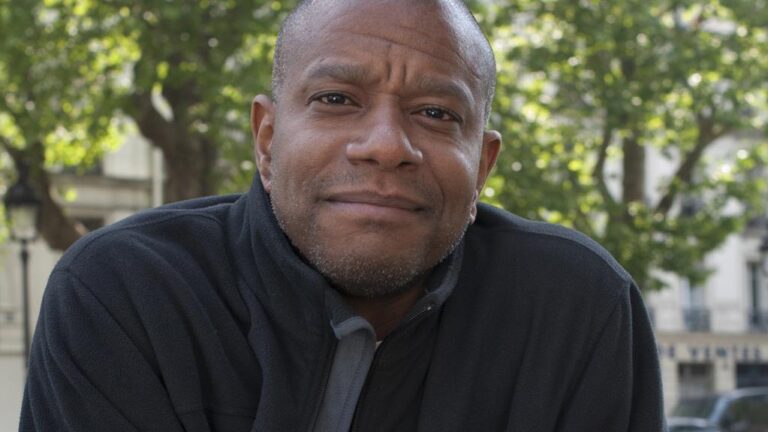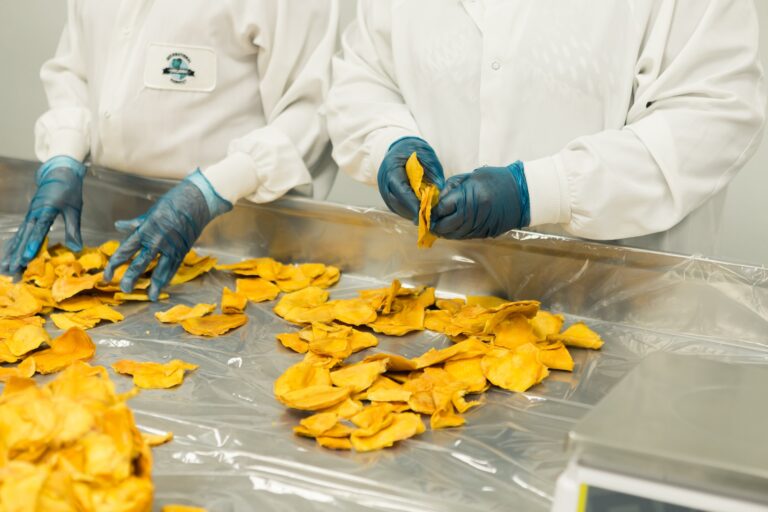On Opening Secret Rooms
My childhood copy of The Secret Garden is unusually pristine for one of my books though I read it many times. Two of us must have worked hard to keep it that way; the book was my mother’s before it was mine. Next to the flowery, rabbity bookplate I stuck inside, you can see the inscription to my mother, Ann, from her sister, Martha: “One of my favorite books to one of my favorite sisters. Love, Mart.” My mother was the youngest of four girls, Martha the oldest; my middle name is Martha, after her. She died in 1967, when the small regional airplane she was taking to visit her boyfriend crashed. She was eighteen, my mother eleven.
The inscription—the handwriting of a person to whom I’m related, but who has always been, for me, unreachable, unknowable—wrapped an additional layer of mystery around this book about mystery. I wonder if that’s part of why I loved the story so much. On every rereading, I was transfixed by Mary’s discovery of the garden. Here was a whole secret world she could claim, made special by its separateness from ordinary life. I read and imagined myself finding what she finds, holding my breath, opening that door:
It was the lock of the door which had been closed ten years and she put her hand in her pocket, drew out the key and found it fitted the keyhole. She put the key in and turned it. It took two hands to do it, but it did turn […]
Then she slipped through it, and shut it behind her, and stood with her back against it, looking about her and breathing quite fast with excitement, and wonder, and delight.
She was standing inside the secret garden.
There are really two hidden spaces in the novel, the garden and also the secret bedroom where the master’s sickly son, Colin, is lodged. This second, darker mystery was as magnetic to me as the first: the idea of a whole hidden person. The question of what happens, finally, when that hidden person is found.
My fascination with hidden spaces, when I was a child, extended beyond The Secret Garden. In other children’s books, I found plenty of these spaces, each opening onto a new world: the wardrobe in The Lion, the Witch and the Wardrobe, the empty lot in The Egypt Game, the intricate, concealed dwellings of the miniature characters in The Littles and The Borrowers. I was always searching for such spaces in real life, too. I grew up in a house built in the 1730s, and because its ancientness seemed to promise mysteries, I spent a lot of time tapping on floorboards and walls, looking for hidden passageways (my imagination has always been stronger than my sense of spatial relationships). Some of the wide floorboards had open knotholes down which I could shine a flashlight, pretending that I might catch the tiny glints of the Littles’ or Borrowers’ eyes.
I never found a secret space of any size, of course. As I got older, though, I did continue to discover them in literature—where they’re so prevalent, I think, because they can do wonderful things for a dramatic arc. Jane Eyre presents a still darker version of the sealed-away person with Bertha Mason and her attic (see Amber Kelly’s post on The Mad Woman). In Wuthering Heights, there’s Catherine’s bedchamber, usually closed off, where poor unsuspecting Lockwood meets Catherine’s ghost—though the haunting that stays with me is the handwriting, all the real and wished variations of Catherine’s name scratched over and over on the ledge. Catherine Earnshaw, Catherine Heathcliff, Catherine Linton. (Someone with a much better spatial sense than mine has imagined floor plans for both these novels’ settings, and The Secret Garden’s.) Angela Carter’s “The Bloody Chamber” takes the gore of the Bluebeard story to a point of almost decorative savagery. The gothic magic of these hidden spaces still works on me, every time. After all, at some point the hidden room always opens; when it does, the possibilities of the story open, too.
The closest thing I found to a real-life hidden room in all my childhood searching wasn’t really hidden at all. It was what my grandma called her attic—an unfinished crawlspace right on the bedroom level of her modern condo. You could end up in there just by opening the wrong door when you were trying to find the bathroom.
But inside, amongst all the usual attic detritus, were boxes of Martha’s old things. I used to spend time there, looking through, when we visited; nobody ever tried to stop me. I read Martha’s chatty letters home from that first, last year of college. I thumbed through her yearbooks. I opened her old jewelry box, tried on her rings. It felt like trying on grief. I don’t know if my grandma visited that attic often—I suspect not—but I know she knew those boxes were there.
After awhile, someone would call my name, and I would put everything carefully away. Close the boxes. Open the door. Step out, toward the voice that was calling for me.


